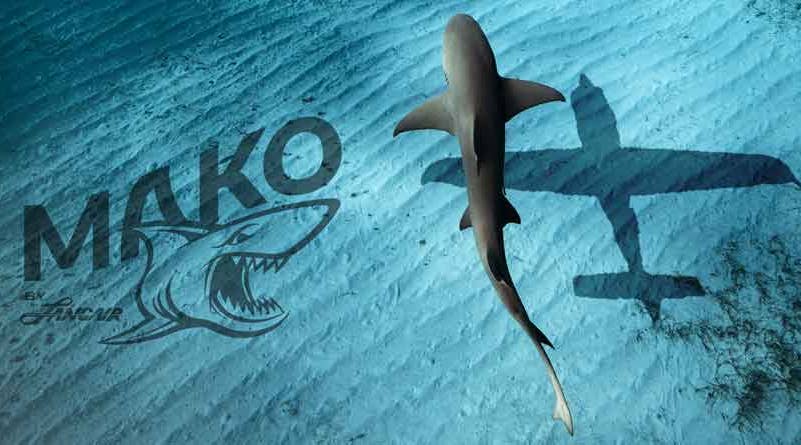
The new owners of Lancair International will reintroduce the legacy Mako design. Lancair International
Lancair International, which was taken over earlier this year by Mark and Conrad Huffstutler in Uvalde, Texas, is bringing back the four-place, fixed-gear Mako as a competitor to the Cirrus SR22 and Cessna TTx. The Mako is closely related to the TTx, which started out as the Columbia 350/400 - a certified sidestep to Lancair's experimental product line.
Powered by a Lycoming IO-540 engine, the Mako’s cruise speed is expected to reach about 205 knots. The turbocharged version will be significantly faster, topping out around 256 knots. Takeoff distance is expected to be as low as 600 feet with a climb rate of more than 2,000 feet per minute. A precision induction system will keep the fuel burn lower than similarly powered airplanes – as low as 13.5 gph for the normally aspirated version versus 19 gph for the turbo.
The Mako has impressive load carrying capabilities, boasting a useful load of 1,300 pounds. It has four seats and a rear baggage compartment capable of holding 175 pounds of gear.
Conrad Huffstutler said that all of Lancair’s assets in Redmond, Oregon, and the Philippines have been moved to the Uvalde factory, from which the company is shipping parts for legacy Lancair aircraft and starting production of new parts. A small composite oven is already operational with a larger one being built for the construction of wing and fuselage components.
Lancair will offer a quick-build program for the Mako, expected to run about four weeks. Lancair’s Builder Assist Program was first established in 1999. The company will begin taking deposits for the Mako at EAA’s AirVenture in Oshkosh, Wisconsin, set to take place on July 24 through 30.

Subscribe to Our Newsletter
Get the latest FLYING stories delivered directly to your inbox






